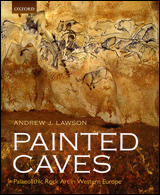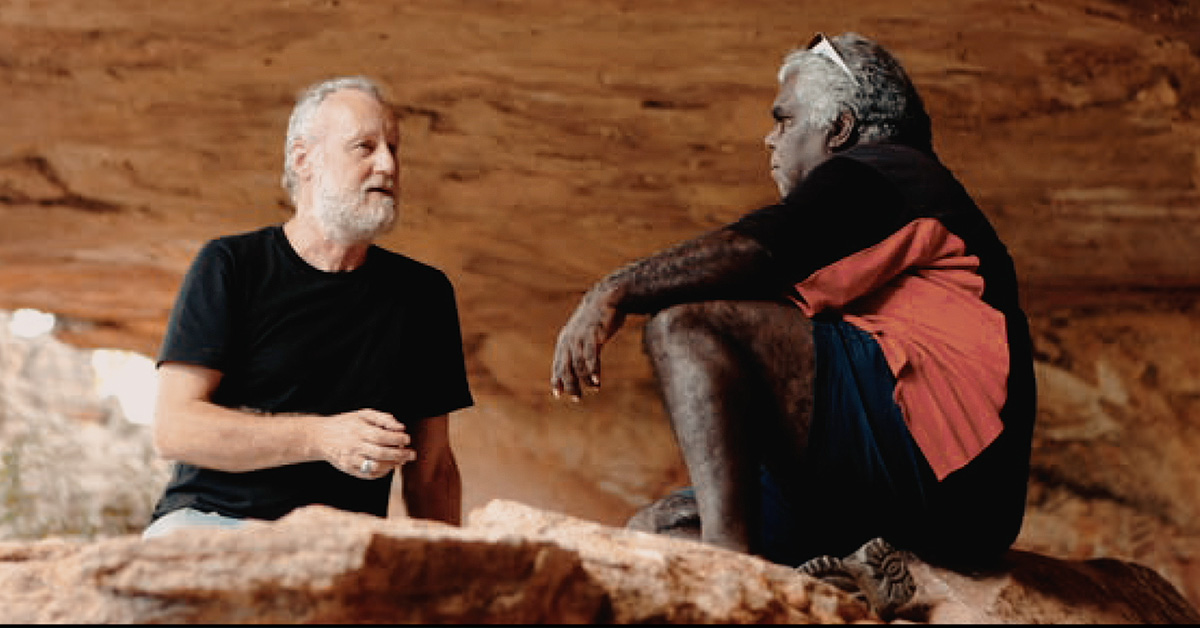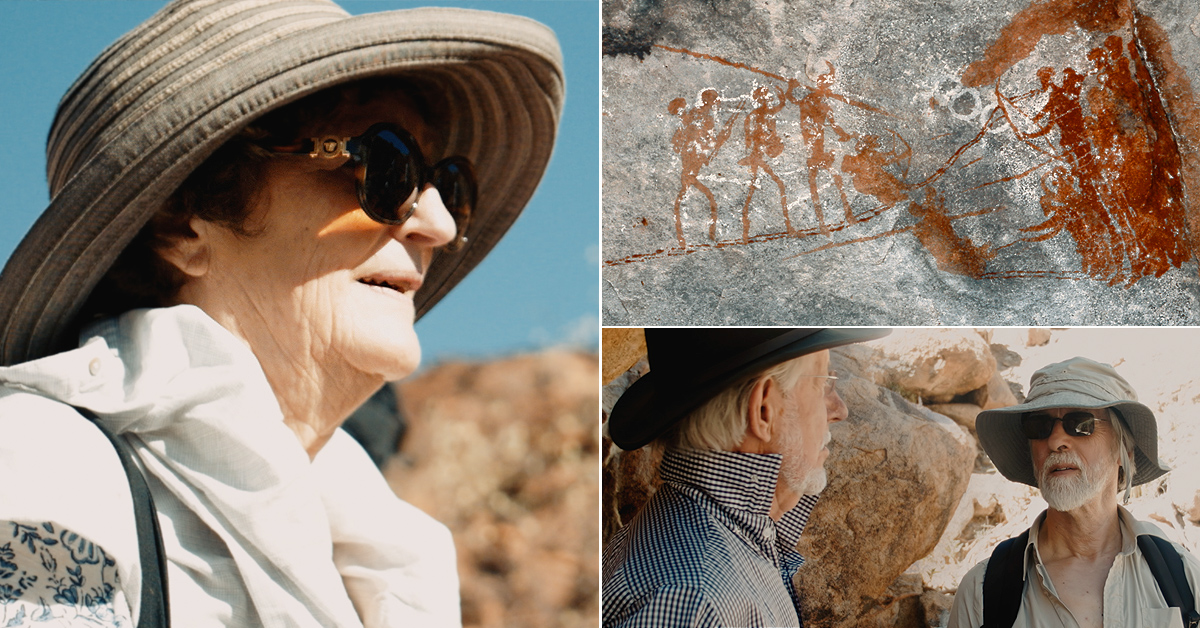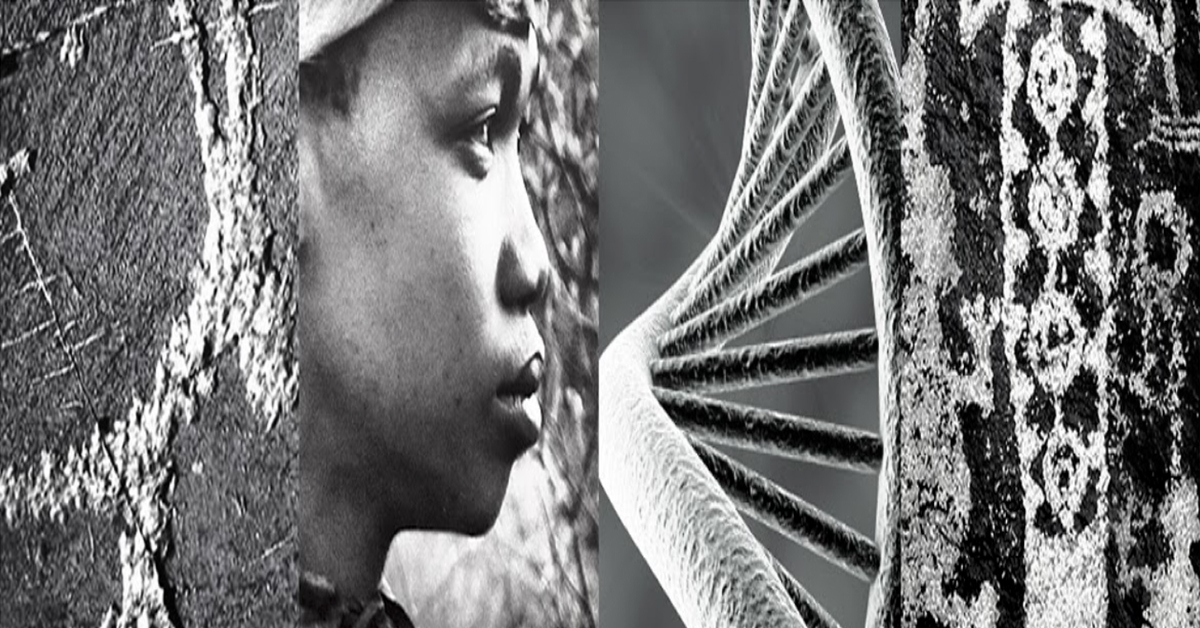


by Andrew J. Lawson
- 480 pages
- 202 in text illustrations; 8 pp plate section
- Hardback | 24 May 2012
- 978-0-19-969822-6
Bradshaw Foundation review:
Painted Caves focuses on the Palaeolithic paintings in Western Europe, yet the author is neither geographically restricted nor provincial in time. Clear definitions are laid out early on and the ‘meaning’ of Palaeolithic decorated objects is discussed widely - from the inadequacy of ‘art as a creative activity’ through to ‘rock art of western Europe did not have a single enduring meaning’.
This is a very thoughtful book. Lawson asks poignant questions of the evidence before him; 'In Europe, I was struck by the considerable range of species represented, but I wondered whether they had all occupied the area at the same time, or whether they offered clues to a slow remorseless evolution. In which case, did the evocative woolly mammoths always come before the more familiar ancient oxen? Clearly, to even consider such a sequence, I had to have a better understanding of climate change, and a better handle on dating'. The author takes great care to explain the importance of both, and reminds us that only since the 1990's have credible age estimates and calibrations been obtained.
Lawson explains how Palaeolithic image making - cave paintings, engravings and sculptures on portable objects and on rock faces - ‘'flourished' soon after modern humans entered Europe. Certain artistic and symbolic conventions were shared over wide areas. However, these ‘wide areas’ - landscapes - are themselves influential; whilst lithic technology may have been shared, different groups exploited different environmental niches - the ‘prevailing landscape influenced the content of the art, its function, and significance’.
Painted Caves is in 2 parts: the Narrative with special sections for lengthy explanation, and the Gazetteer with 20 selected sites in France and Spain. These, with the very useful Table of radiocarbon age estimates for the painted caves, make this publication both a very readable reference book as well as a valuable field guide.
Josephine Flood:
Andrew Lawson has been a professional archaeologist for nearly 40 years. After a spell as a research assistant for the University of Chicago, he worked for 10 years as a prehistorian in the Norfolk Museums Service. He held the post of Unit Director/Chief Executive of the Trust for Wessex Archaeology, one of Britain's leading professional practices, for 20 years. Throughout his career he has visited rock art sites in Europe and elsewhere. He has excavated sites of all periods, published a wide range of archaeological papers, has lectured to university and extra-mural courses, and has led specialist tours to prehistoric sites in many countries.
by Kate Winter
13 November 2025 Book Review Archive
→ Neolithic Tombs of Wales
by George Nash
19 November 2024
by Simon Radchenko
22 May 2024
by Meenakshi Dubey-Pathak and Jean Clottes
10 November 2023
by Paola Demattè
12 January 2023
by Paul Pettitt
10 November 2022
by George Nash
19 November 2024
by Simon Radchenko
22 May 2024
by Meenakshi Dubey-Pathak and Jean Clottes
10 November 2023
by Paola Demattè
12 January 2023
by Paul Pettitt
10 November 2022
Friend of the Foundation
by George Nash
19 November 2024
by Simon Radchenko
22 May 2024
by Meenakshi Dubey-Pathak and Jean Clottes
10 November 2023
by Paola Demattè
12 January 2023
by Paul Pettitt
10 November 2022














